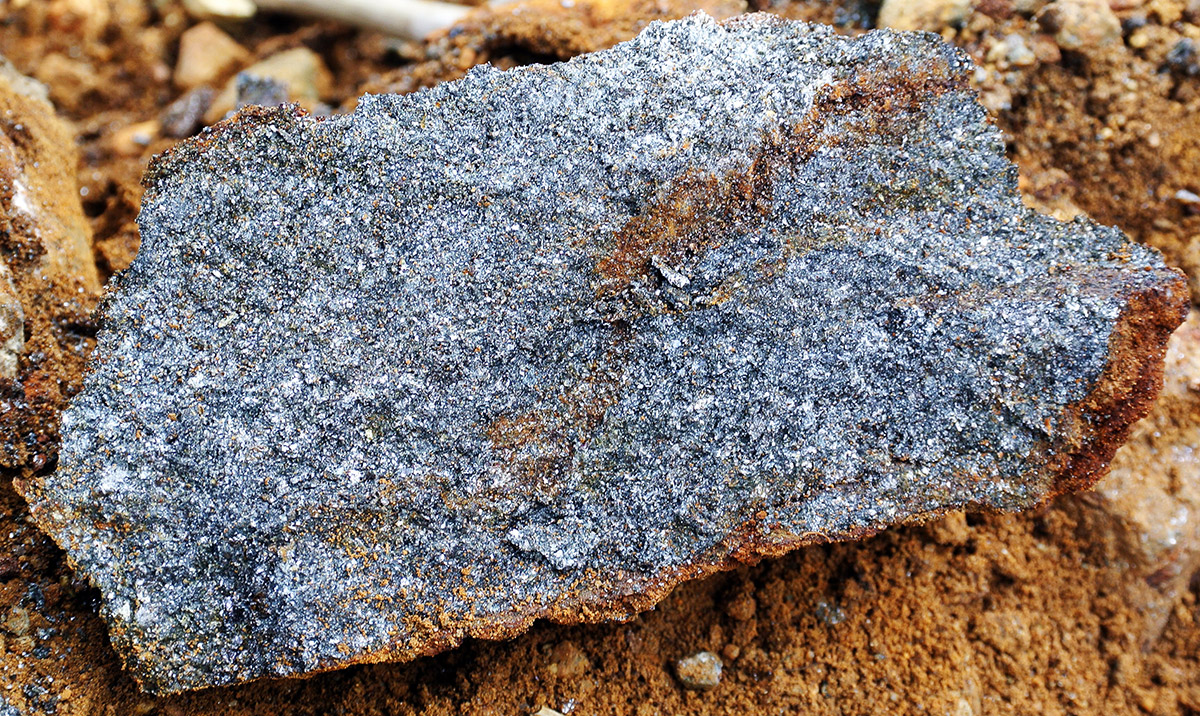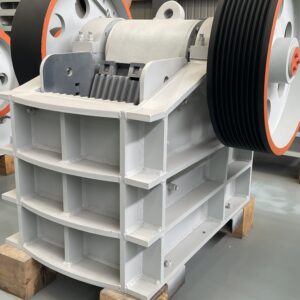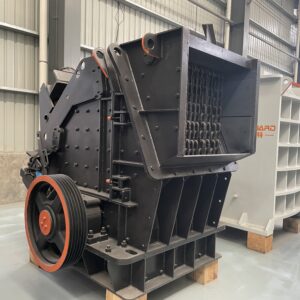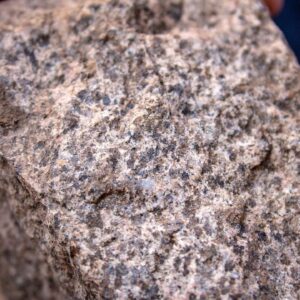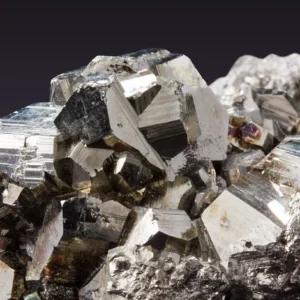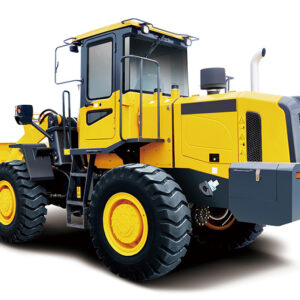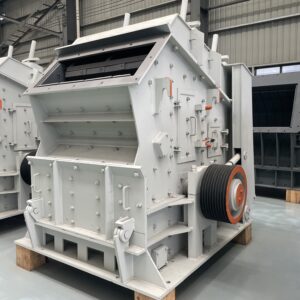Description
Process Description
1. Multi-stage Grinding and Multi-stage Flotation
To protect the graphite flakes from crushing, TAYMA uses a multi-stage grinding flow. Through re-grinding and re-processing, the quality of concentrates is qualified.
2. Gravity Separation – Flotation Combined Technology Flow
For graphite ores with heavy minerals, TAYMA gravity separation – flotation combined technology flow can be used. The heavy minerals are separated through gravity separation, and the tailings are dealt with flotation.
3. Graphite Processing Equipment
Coarse crushing equipment for crystalline and amorphous graphite is the common jaw crusher. The middling and fine crushing equipment is a common cone crusher or hammer crusher. The grinding equipment uses the wet ball mill and the grid ball mill. The flotation equipment for graphite is the common JJF flotation cell, XCF flotation cell, and XJB flotation cell. The dewatering equipment of graphite is the common hydrocyclone or belt filter.
4. Flotation Reagent
In the multi-stage flotation process, the common foaming agents are No.2 oil, No.4 oil, ether alcohol, Rourke oil, etc; The collectors are kerosene, diesel, heavy oil, sulfonate, sulfate, phenols, carboxylic acids, etc.
Introduction
A graphite ore mining production line is used to extract and process graphite ore to produce graphite concentrate, which has numerous applications across various industries due to its unique properties. Here are the primary uses of graphite and the overall utility of a graphite ore mining production line:
Uses of Graphite
- Battery Manufacturing:
- Lithium-Ion Batteries: Graphite is a critical component of the anodes in lithium-ion batteries, which are used in electric vehicles, portable electronics, and renewable energy storage systems.
- Refractories:
- High-Temperature Applications: Graphite is used in the production of refractory materials due to its high melting point, thermal conductivity, and resistance to thermal shock, making it ideal for lining furnaces, crucibles, and molds in the metallurgical industry.
- Lubricants:
- Dry Lubricants: Graphite is used as a dry lubricant in various applications, especially where high-temperature and high-pressure conditions are involved.
- Electronics:
- Conductive Materials: Graphite is used in the production of conductive materials, such as electrodes, brushes, and contacts in electrical and electronic devices.
- Steelmaking:
- Ladle Bricks: Graphite is used in the production of ladle bricks for steelmaking, helping to improve thermal efficiency and extend the lifespan of steelmaking equipment.
- Nuclear Industry:
- Moderator: High-purity graphite is used as a neutron moderator in nuclear reactors due to its ability to slow down neutrons and maintain reactor stability.
- Pencils:
- Writing Instruments: Graphite is famously used as the core material in pencils, combined with clay to produce varying degrees of hardness.
- Foundries:
- Casting Molds: Graphite molds and crucibles are used in foundries for casting and melting non-ferrous metals.
- Composites:
- Advanced Materials: Graphite is used in composite materials for applications in aerospace, automotive, and sports equipment industries due to its strength and lightweight properties.
- Paints and Coatings:
- Anti-Corrosive Coatings: Graphite is used in paints and coatings to provide anti-corrosive properties and improve heat resistance.
